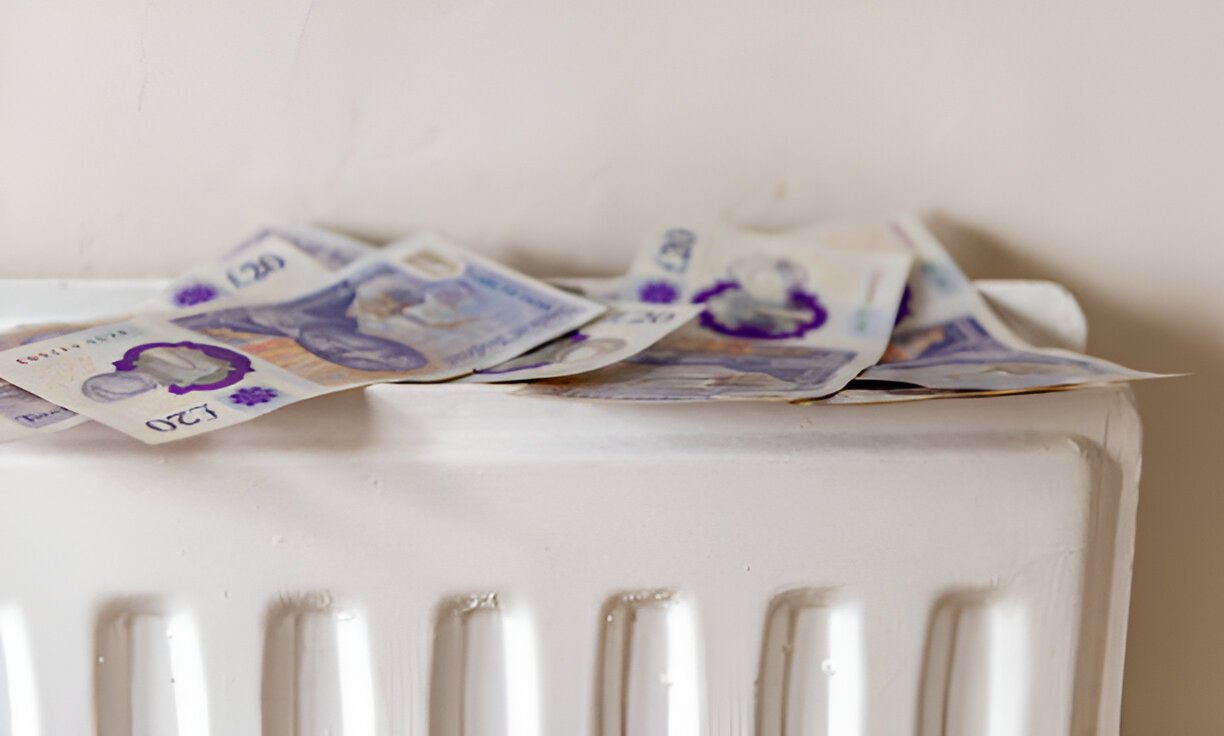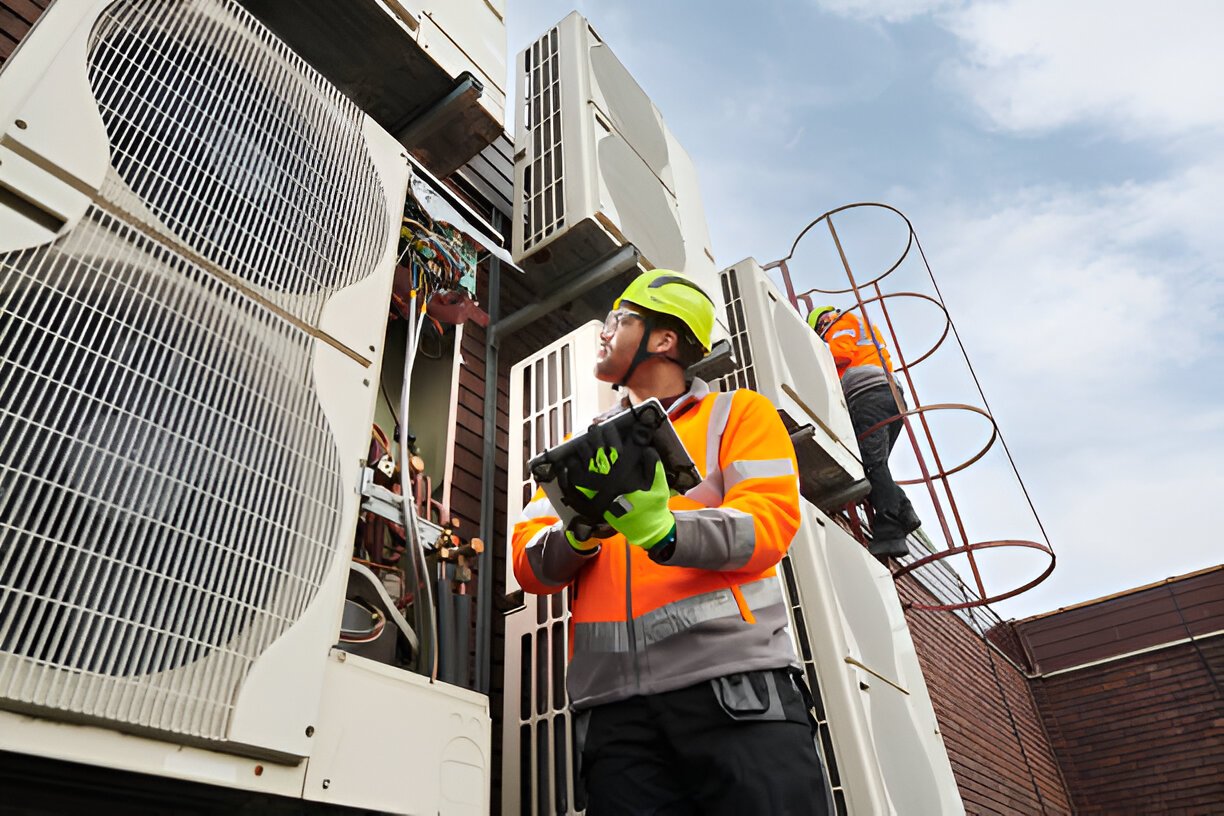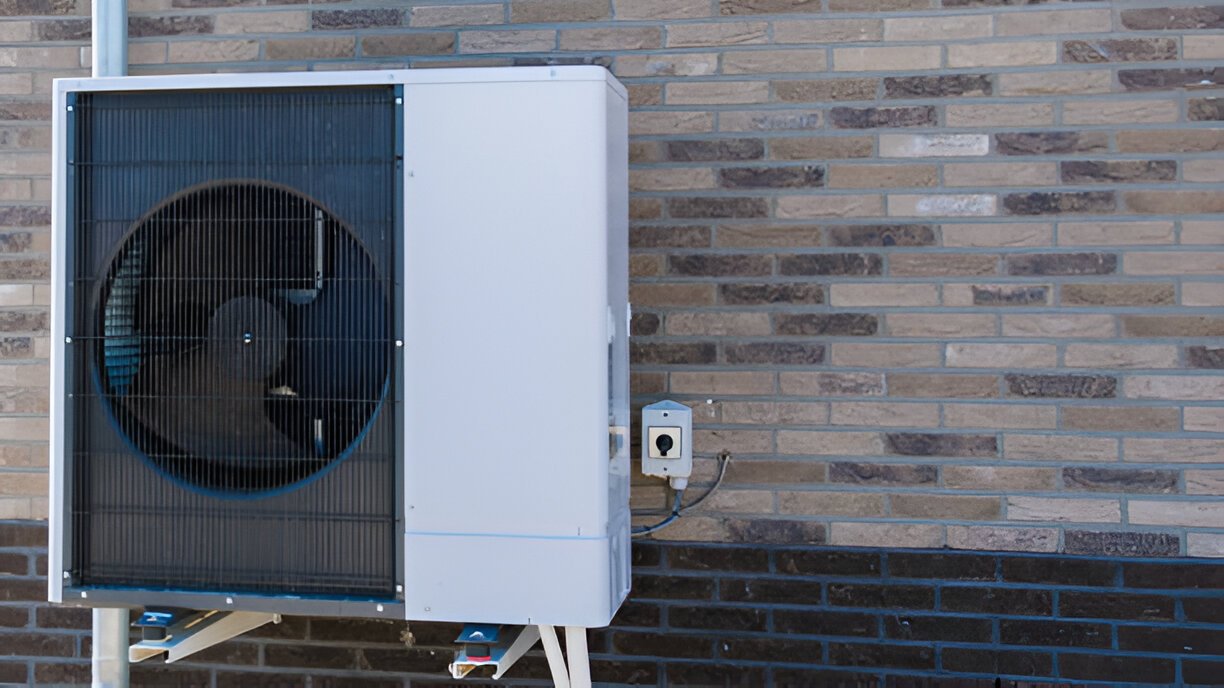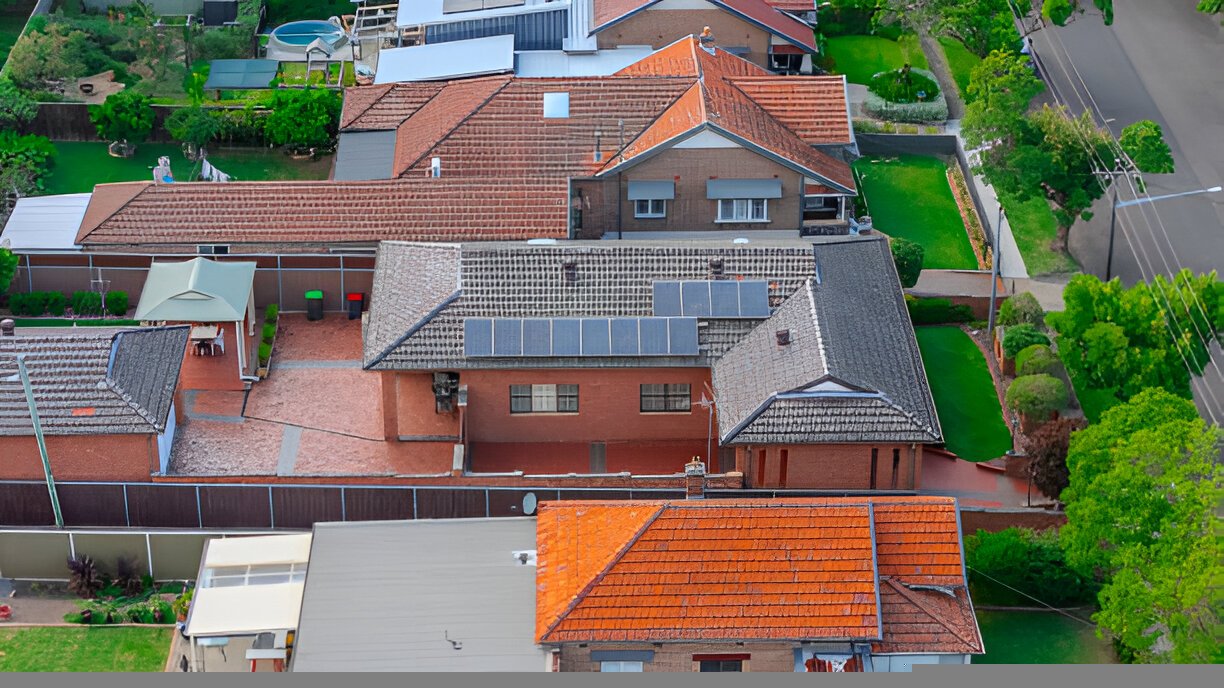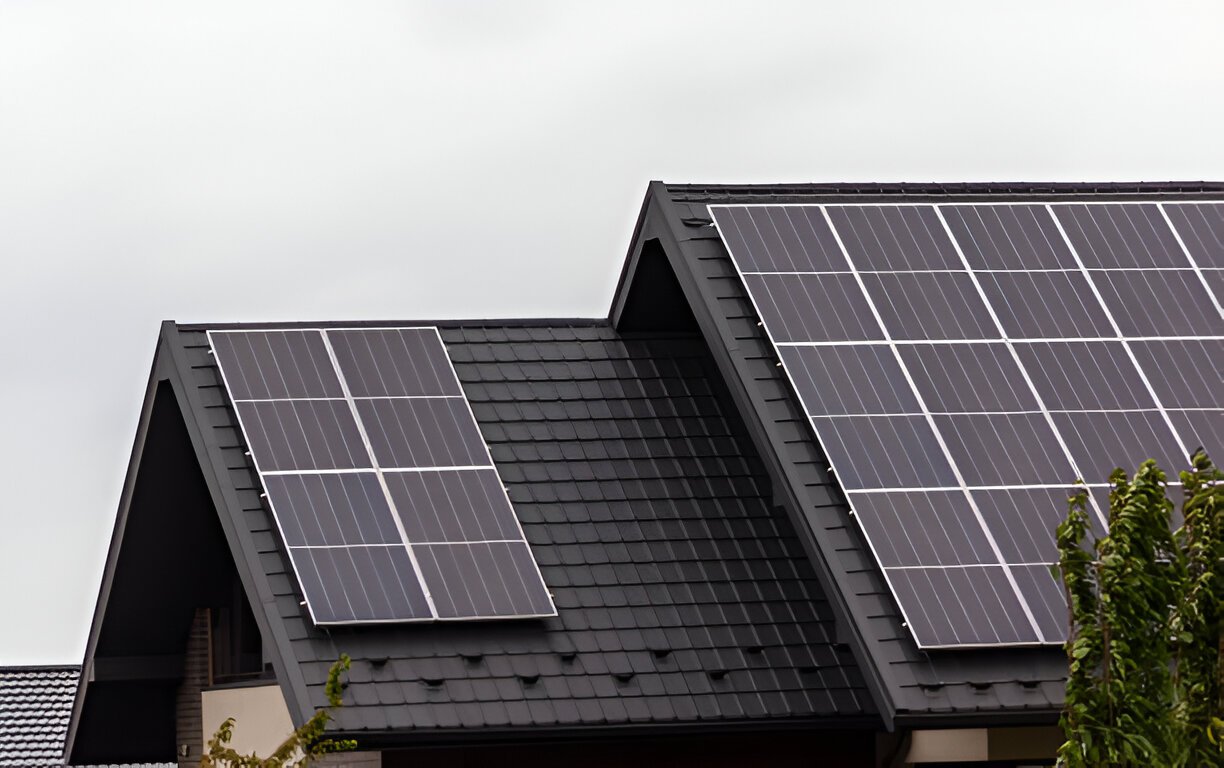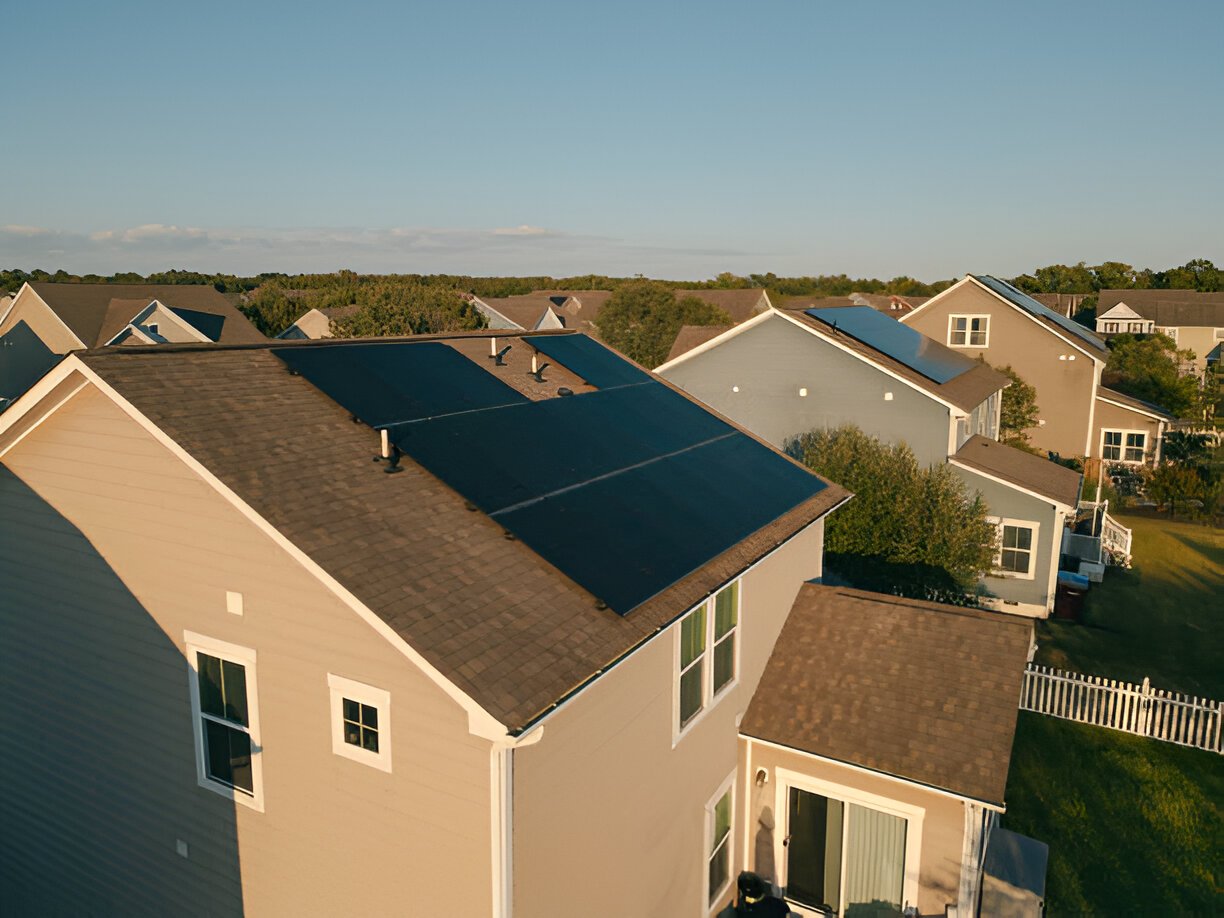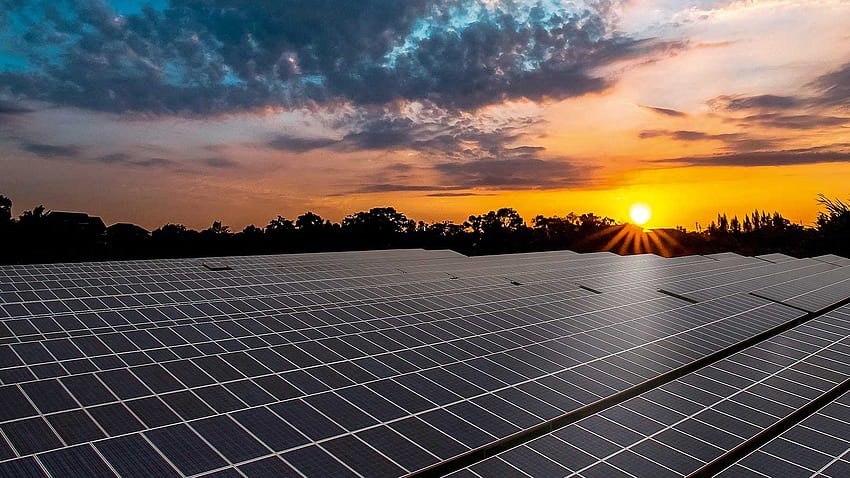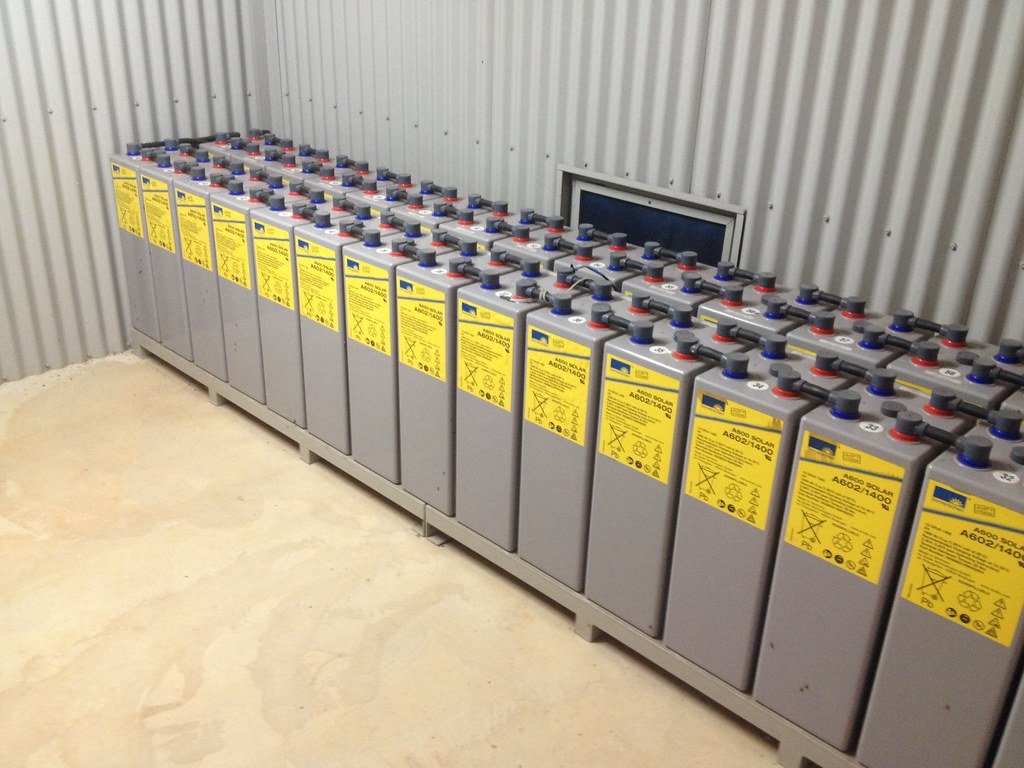Solar panels are increasingly becoming popular. The popularity of these systems is global since everyone wants to reduce their energy bills. However, in many parts of the world, roofs are flat.
A number of houses in the UK have flat roofs. Many houses have flat roofs on extensions or loft conversions. But because solar panels require the right incline to operate at the maximum capacity, homeowners and commercial users with flat roofs often ask: Is it possible to install solar panels on a flat roof?
The short answer is yes. Flat roof solar panel mounting is possible. However, do flat roof solar systems allow the system to operate at full efficiency? Flat roofs actually requires mounting to incline the panels.
In this article, we will discuss the problems with solar panels on flat roofs. We will also discuss the potential benefits of flat roof installations. By the end of this article you will be able to make a decision for yourself whether investing in a solar panel on a flat roof is the best choice for you or not.
Can You Install Solar Panels on a Flat Roof?
Solar panels are traditionally installed on sloped roofs to optimize sunlight absorption. However, advancements in solar panel technology and mounting systems have made it possible to harness solar energy on flat roofs as well.
So, you cannot get much out of a system installed flat because that’s just not how solar panels work. Solar panels installed at the right angle can help you maximize panel efficiency.
Mounting systems catch the best angle of incidence, thereby generating the maximum output. Another technology that homeowners of flat-roof houses can invest in is solar tracking systems. These systems allow the solar panels to change their position according to the sun, keeping up efficiency levels throughout the day.

Benefits of Installing Solar Panels on a Flat Roof
Even though solar panels are traditionally installed on sloped roofs, flat roof installation of solar panels has some benefits too:
Easier maintenance and repairs
Because of a flat roof, the maintenance and repairs are easy and relatively safe. For instance, you might opt for a mounting system that inclines the panels to a small degree, allowing you to access the panels for cleaning and visual inspections easily.
Optimal positioning for sunlight
Flat roofs provide greater flexibility for panel placement, eliminating the challenges posed by steep roofs or suboptimal angles that don’t allow the solar panels to get direct sunlight at certain times of the day. Flexibility in panel placement on flat roofs allows for optimal sunlight exposure and improved performance.
Space-saving and flexibility
Flat roofs offer ample space for solar panel installations, even in urban areas with limited rooftop space. Compared to this, roofs that are already sloped at times have an unalterable orientation that can limit solar panel performance.
Challenges of Flat Roof Solar Panel Installation
Even though flat roofs offer a few benefits, a few challenges come with installing a solar panel system on a flat roof.
Need for specialised mounting systems
On tilted roofs, solar panels can be installed without needing mounting systems. However, on flat roofs, solar panels cannot be installed without mounting systems. These systems are made of iron, aluminum, or steel and are expensive. With the panels, materials, and labour, the costs can quickly rack up.
These mounted systems also need to be inspected for rust or corrosion over time and replaced when necessary so they can safely hold the weight of the panels.
Potential for reduced efficiency
Some inexperienced solar panel installers might not calculate the right tilt required for the panel’s optimal performance. As a result, the panels do not perform at maximum efficiency. However, when you pick experts like Samso Solar, they calculate everything and draft a plan that is followed to the tee.
Weight and structural concerns
If you choose a lightweight metal for the structure to save up on costs, chances are that it might not be able to sustain the weight of the system. As a result, the panels might fall or crack, resulting in major damage.
There also have been many cases of high winds compromising the mounting structure and the panels. However, this issue can be resolved by picking high-quality materials and proper installation.
Best Practices for Installing Solar Panels on a Flat Roof
If you’re considering getting a solar panel for your flat roof, here are a few best practices to keep in mind.
Choosing the right solar mounting system
Select a high-quality mounting system designed for flat roofs. Although price is an important consideration, going for high-quality materials is more important for the longevity of your solar panels.
Tilted mounting options
There are two tilted mounting options for flat roofs: fixed-tilt and tracking systems. Fixed tilt systems are adjusted so that the panels can get direct sunlight for the most part of the day. These systems are less expensive than tracking systems which adjust the angle of the panels throughout the day.
Professional installation
A most important best practice for your flat roof solar panels is choosing a professional solar company like Samso Solar. The experienced and trained staff can give you a consultation on the type of mounting system that is best for you and the solar panel mounting height that will give you the desired output. Some roofs require higher mounting to surpass shadows from nearby trees and buildings.
After you approve the materials, they purchase the mounting equipment on your behalf and install the mounting. They will also calculate the panel orientation according to the panels so you can harness maximum efficiency.
Professional consultation
The professionals can help you decide on the mounting materials and even the size of the system that will fulfill your needs. However, another thing that the professionals can guide you in is planning permission for solar installation. In the UK, you don’t typically need permission. However, if your system has to be installed at a height of 4ft or above or you are located near a main road, permission might be necessary.
Costs of Installing Solar Panels on a Flat Roof
The costs of installing flat roof solar panel systems first depend on the size of the system you’re investing in. The minimum 1kW solar panels cost around £1,500–£3,000. The price of bigger systems are multiples of these estimated figures.
However, to install a solar panel on a flat roof, you will also need to invest in a mounting system. The cost of this system depends on your system size and the material you pick for mounting. Roof solar installations also require roof material that is sturdy enough to bear the weight of the system. If your roofing is not sturdy, you can expect a higher cost.
The size of your mounting system and your solar panels can also determine the time it takes for the installation process. The longer the process, the greater the labour costs will be.
So, the installation costs can vary from one project to another. If you wish to minimize your electricity bills and save money in the long run, do consider going for the best installers around.
Conclusion
Investing in solar systems is the need of the era. Apart from playing your part in the environment, these renewable energy systems also allow you to save up on costs. However, if you have a flat roof, you might think that it is not possible to install solar panels on them.
But mounting solar power systems and tracking systems have made it possible to get the most out of flat roofs. These mounting systems on flat roofs are also more flexible than those installed on roofs with unalterable tilts. Plus, they allow better access to the panels for cleaning and regular maintenance.
The only thing to be sure of is picking the experts for installation. Samso Solar is your pick for professional installation services that will allow you to harness the power of the sun, even with a flat roof.

